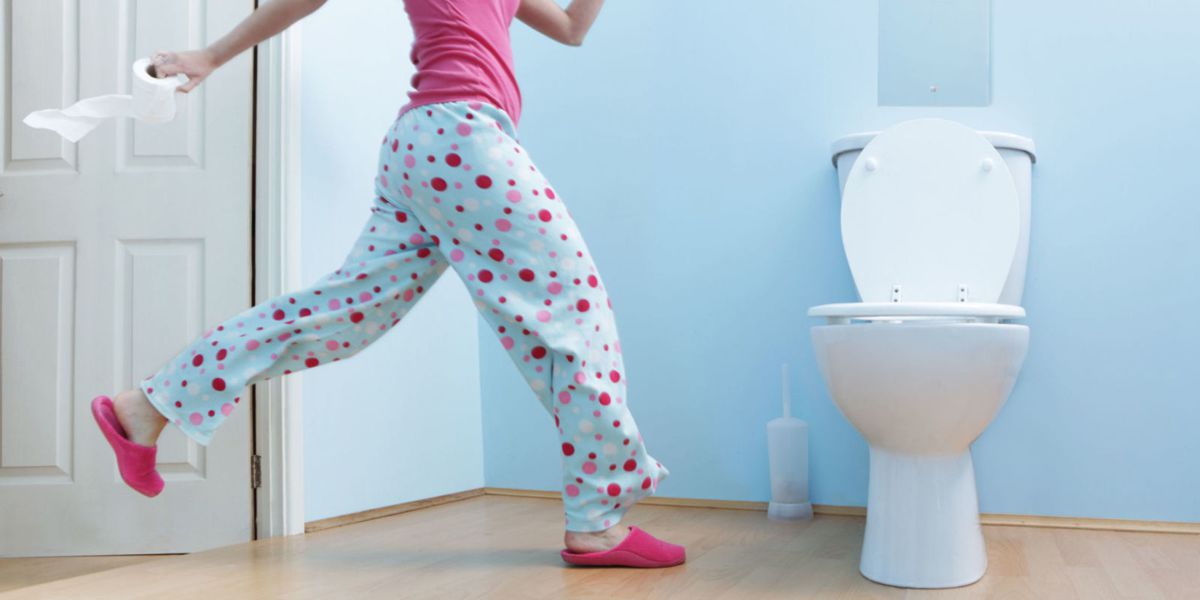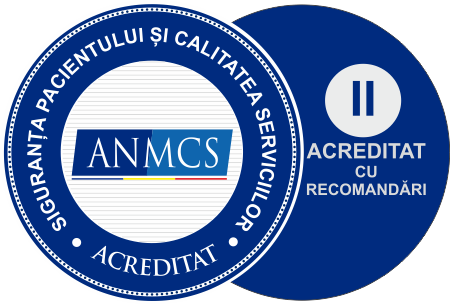What Is Urinary Incontinence?
Urinary incontinence is the uncontrolled leakage of urine. Since this definition was revised to comprise all urine leakage aspects, the widest international statistic results may be considered, i.e. 50% of women experience urine leakage.
Because urine leakage includes both women experiencing this problem once a moth at the gym, and women that face this problem every day, when coughing, a differentiation is clearly required. Statistics including women that experience weekly uncontrolled urine leakage and believe that this problem requires medical treatment appreciate that the incontinency prevalence affects approximately 10% of the female population.
Various Types of Incontinence
Effort incontinence is most frequently encountered in women, i.e., when coughing, during physical exercise, etc. It is important to clearly differentiate it from the urge incontinence that occurs in people with the sudden and intense need to urinate, who are forced to rush to the toilet and that is when they experience uncontrolled urine leakage; this is not an effort-related incontinence and has other associated therapeutic solutions. In addition to these, there also is the overflow incontinence, caused by the decompression of the bladder that stays constantly full, as well as the various neurologic bladder incontinence forms. I believe that raising awareness on these types of incontinence and on the diagnosis principles is a first step towards better quality care for these patients.
How Is Urinary Incontinence Treated?
 Effort incontinence has as an ultimate solution the surgery, which is currently evolving towards micro-invasive techniques. Urge urinary incontinence generally is non-surgically treated, but, in extreme cases, which do not respond to the first line treatments, the urinary bladder is injected to remove the urinary leakage caused by the uncontrolled bladder contractions.
Effort incontinence has as an ultimate solution the surgery, which is currently evolving towards micro-invasive techniques. Urge urinary incontinence generally is non-surgically treated, but, in extreme cases, which do not respond to the first line treatments, the urinary bladder is injected to remove the urinary leakage caused by the uncontrolled bladder contractions.
However, what is important is that, in time, all types of incontinence should benefit from behavioural, urination re-education, perineal retraining treatment methods. This stage may last for 1-6 month, a period during which the patient’s progress is monitored. Using such methods, in Western Europe, 50% of the patients declare that they are satisfied with the urine control to such extent that they are no longer interested in surgery. The perineal retraining techniques for women facing urinary incontinence depend upon the patient’s involvement and will.
In the case of urge incontinence, these methods are also associated with the medicine therapy (antimuscarinic drugs, beta-stimulants), which however, register frequent secondary effects, of which the dry mouth is the most difficult to cope with.
For all forms of urinary incontinence, there also are electrical stimulation therapies that can strengthen perineal muscles ore relax the bladder muscle, which have no secondary effects and offer an important success rate.




